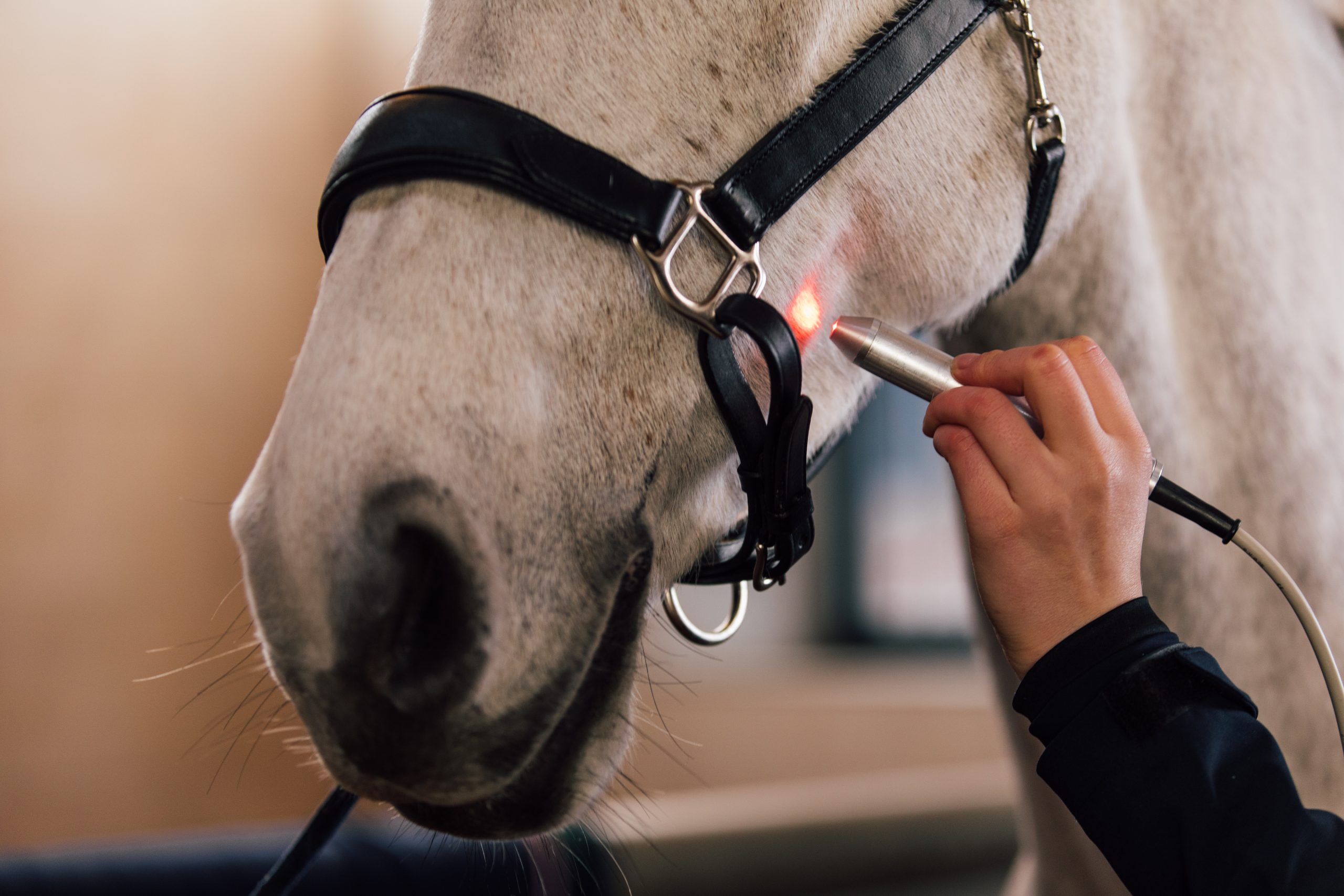Equine Therapy Programs: Changing Lives One Trip each time
Equine Therapy Programs: Changing Lives One Trip each time
Blog Article
Assessing the Effectiveness of Laser Treatment in Equine Treatment for Injury Rehab
The assessment of laser treatment's performance in equine injury rehabilitation hinges on numerous elements, including healing time, pain reduction, and cells regeneration. Veterinarians frequently observe superior end results with laser therapy compared to standard approaches, placing it as a vital element in equine treatment.
Recognizing Laser Treatment
Laser treatment has ended up being a critical tool in vet medication, specifically in the therapy of equine conditions. Recognized for its non-invasive nature and efficiency, laser therapy involves the application of details wavelengths of light to boost tissue fixing and minimize swelling. This healing technique is significantly preferred for its capacity to accelerate the recovery process in horses struggling with a selection of musculoskeletal injuries and persistent problems.
The main mechanism behind laser treatment is its capacity to enhance cellular features. In addition, laser therapy promotes vasodilation, boosting blood flow and oxygen shipment to damaged tissues, therefore speeding up healing.
In equine medicine, laser therapy is particularly helpful for conditions such as tendonitis, osteoarthritis, and wound healing. The method is admired for its pain-relieving homes, enabling horses to reclaim flexibility and feature extra rapidly. Vets also value its minimal side results contrasted to other treatment techniques, making it a trusted and secure choice for equine care.

Exactly How Laser Treatment Functions

Upon absorption, these photons cause a collection of biochemical changes, boosting mitochondrial function and leading to increased adenosine triphosphate (ATP) manufacturing. This surge in ATP speeds up cellular metabolism, advertising cells fixing and regrowth. Furthermore, laser therapy modulates inflammatory feedbacks by impacting cytokine levels and minimizing oxidative stress and anxiety, therefore easing discomfort and swelling.
One more considerable aspect of laser therapy is its duty in enhancing microcirculation. The therapy promotes vasodilation, improving blood flow and oxygen delivery to damaged cells (Equine Therapy). This helps with the removal of mobile particles and supports the proliferation of fibroblasts and collagen synthesis, critical for injury healing
Clinical Proof
The efficacy of laser therapy in equine therapy has actually been confirmed via different medical studies, showcasing its therapeutic potential across a range of problems. A research conducted by Turner et al. (2012) demonstrated that steeds treated with low-level laser therapy (LLLT) for ligament injuries exhibited accelerated healing compared to those getting standard treatments.
Similarly, study by Johnson and coworkers (2015) concentrated on equine muscle injuries, revealing that laser treatment considerably sped up muscular my response tissue fiber regrowth and reduced muscle stiffness. Clinical assessments have revealed that laser treatment can alleviate persistent conditions such as osteoarthritis.
Vet Insights

Vets additionally value the versatility of laser therapy. She aims out that laser therapy can be tailored to the particular needs of each steed, making sure optimal end results.
In addition, veterinarians value the ability to incorporate laser treatment with various other treatment methods. This multimodal technique can enhance general therapy efficiency, giving a detailed service for equine rehab. Such recommendations from experienced experts emphasize the growing acceptance and application of laser treatment in equine medicine.
Practical Factors To Consider
A vital aspect of implementing laser therapy in equine therapy includes recognizing the functional factors to go to the website consider that ensure its web efficiency and safety and security. It is important to choose the suitable laser tool, as different kinds vary in wavelength, power, and penetration deepness. Veterinarians have to be well-versed in these specifications to tailor treatment procedures effectively to each injury kind
Moreover, the frequency and duration of laser therapy sessions require careful planning to make the most of therapeutic advantages while lessening any type of possible unfavorable effects. Consistent tracking of the steed's action to therapy can lead needed changes in the treatment routine. Establishing a safe and controlled atmosphere throughout therapies is also important to prevent unintentional direct exposure to laser discharges, which could damage both the steed and the trainer.
Educating and qualification of personnel administering laser treatment are critical to ensure proper technique and to copyright security standards. Additionally, preserving exact records of each session, including laser setups and observed end results, is essential for reviewing the total efficiency of the treatment and for making data-driven choices.
Verdict
Laser treatment has actually become an efficient technique in equine injury rehabilitation, using considerable benefits in recuperation time, pain alleviation, and tissue recovery. Medical research studies underscore considerable enhancements in conditions such as tendonitis and osteo arthritis, credited to enhanced cellular function and increased ATP manufacturing. Vet observations corroborate these findings, highlighting exceptional outcomes compared to traditional therapies. For ideal results, continuous tracking and personalized treatment methods stay necessary in leveraging the full potential of laser therapy in equine care.
Report this page